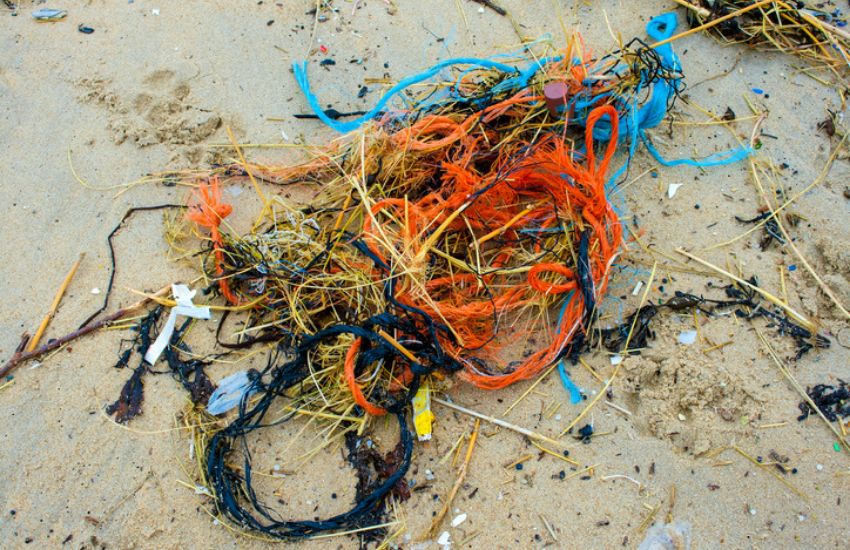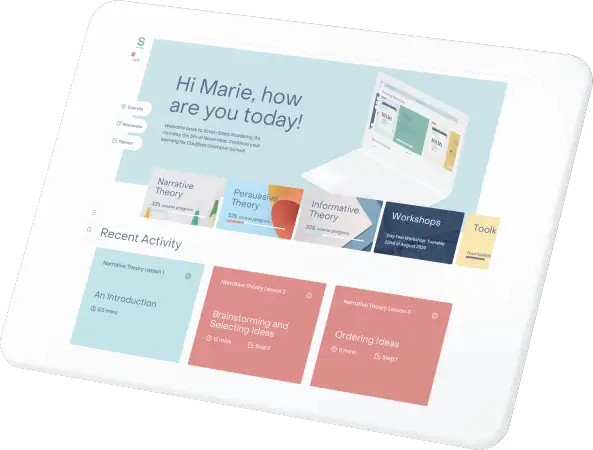The whole reason you watch a TV show is because it ends. If I wanted a long, boring story with no point to it, I’ve got my life."
– Seinfeld
The ending is what gives a piece of writing that final impact. Like the movie that makes you cry or a book that makes you change how you view the world forever, the ending is what people remember. IF it’s powerful.
Here are some great ways to end informative texts such as short essays, news articles and reports.

The scenario
Let’s assume you are writing a report on ocean pollution.
You began with a hook, by saying ‘The world is 9/10ths water but most of its pollution comes from the land.’
You continue with information about plastic rubbish in waterways, the death of seabirds and animals, and the effect of toxic chemicals on the world’s ocean ecosystems.
Here are five possible ways to end the report:
- Circular reference. End with a reference to the beginning. Refer to the hook you used to get the reader’s attention at the beginning, but with a twist. ‘If you live on land, you should care about the ocean.’
- Summarise what was said, then ask the reader to do more research. ‘We’ve seen how plastic gets into oceans and what it does there. To discover more about how to prevent ocean pollution, visit www.ecowatch.com’
- End with a call to action. ‘Next time you see a plastic bag in a gutter, remember to save the life of a seal and stick that bag in a bin.’
- Focus on the future. What does this information mean for future generations? Will there be no sea life left? (BONUS: Did we mention, you can end an essay with a question, too?)
- Surprise the reader – or startle them with humour. ‘So the next time a seagull steals your chips, let him have them. You owe him that at least.’
Discuss these options with students and model the selection process. You might explore with the class ‘How do I choose an ending?’ and discuss your thinking process (‘I had a good hook at the beginning, so I want to use a circular ending to tie it together…’)
Try working through these five options (and any others of your own) for a few common topics, such as an animal report.
Ask: ‘How could we use a call to action at the end of an animal report?’ Then brainstorm ideas together and explore how each type of ending leaves a different feeling to the ending.
The circular reference is tight and tidy; A summary that asks the reader to research makes the reader a collaborator; A call to action appeals to the reader’s moral judgement and emotions; A focus on the future can be hopeful, practical, or negative. And finally, the surprise – if you get it right, it should leave the reader with a memory of what you said!
Let your words persuade, inspire and share your passion with the world. End with impact!
Resources
Try these informative writing samples – including a Before and After the text has been edited with the Seven Steps in mind.
Try adding a multimedia twist – after all, every David Attenborough documentary Ends with Impact. Start with these ideas in The magic of technology – inspiring great writing.
Download resources for teaching informative writing, including the Informative Writing Graph, samples of text types including factual recounts, news reports and information reports, Fast Starts and dozens of Seven Steps Writing Prompts from Teacher Hub. Find them in the Resource Library.

Step 2: Sizzling Starts is fun to teach, easy to learn and will have your students cheering for more!


